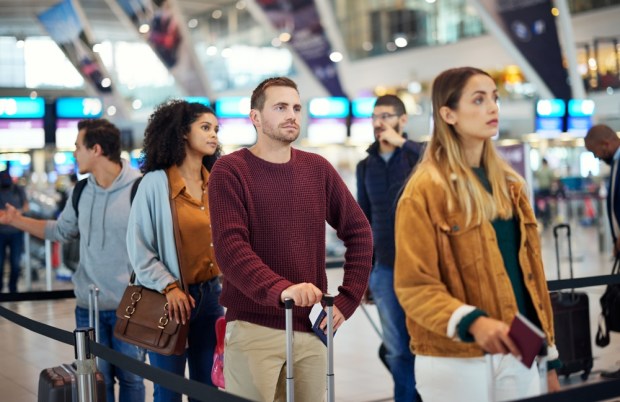Debit Cards, Cash and Tech Help Travelers Manage Their Spend While on the Road

Consumers eagerly embraced the opportunity to travel once again post-pandemic, leading to an increase in travel demand for summer 2023 despite ongoing economic uncertainty and inflationary pressures.
According to a joint PYMNTS-i2c study released this month, 62% of consumers planned to travel during the summer, with 30% intending to travel more than the previous year. Younger generations, particularly Generation Z and millennials, showed a keen interest in traveling, with more than 7 in 10 reporting interest in summer travel.
Those data points, representing thousands of dollars in summer spending, beg the question: How did consumers finance their summer travel amid ongoing economic uncertainty and inflationary pressures?
Per the study, which involved a survey of about 3,400 consumers, credit cards remained the most popular payment method for leisure travel, with two-thirds of consumers using or planning to use credit cards to finance their summer travel expenses.
The use of credit cards increased with annual income, with 73% of those earning over $100,000 using or planning to use credit cards compared to 53% of those earning less than $50,000. And in terms of customer demographics, baby boomers and seniors were the most likely to use credit cards, followed by Generation X, millennials, and Gen Z.
Interestingly, younger consumers, particularly Gen Z and millennials, showed a preference for alternative credit products such as buy now, pay later (BNPL), with about 30% of young travelers using or planning to use BNPL for their summer travel expenses. This choice was driven by the ability to manage cash flow and better payment terms.
Debit cards and cash were also popular alternatives for consumers who chose not to use credit products. Sixty-one percent of this group used debit cards, and 60% used cash to pay for their summer travel expenses. These payment methods were preferred to avoid interest rates or fees, track spending more easily, and control overspending.
Consumers Tap Tech to Snag Airfare Deals
For those looking to control travel spend for the rest of the year, especially the nearly 48% of consumers who cited high travel costs as the reason for traveling less this summer compared to last, new technology might come in handy.
Google recently announced it is making it easier for travelers to find the cheapest flight on Google Flights, enabling people to see “whether current prices for your search are low, typical or high compared to past averages for the same route,” the company wrote in a blog post.
For those wondering whether to book ahead of time or wait for lower prices to come along, the tech giant said it will introduce improved insights based on reliable trend data to make that choice easier. In fact, travelers will be able to determine when prices have usually been lowest before booking their trips.
Google also shared some money-saving tips for travelers — tips which might come in handy for those making their next travel plans this Labor Day weekend.
For example, while taking a layover and avoiding weekend departures remain the best ways to save on their next flight booking, the company said trends have shifted for Christmastime travel and flights from the U.S. to Europe.
“In both scenarios, you’ll want to book even earlier than usual, especially if you’re heading across the pond,” Google wrote, adding that average prices tend to be lowest about 70 days before departure.
